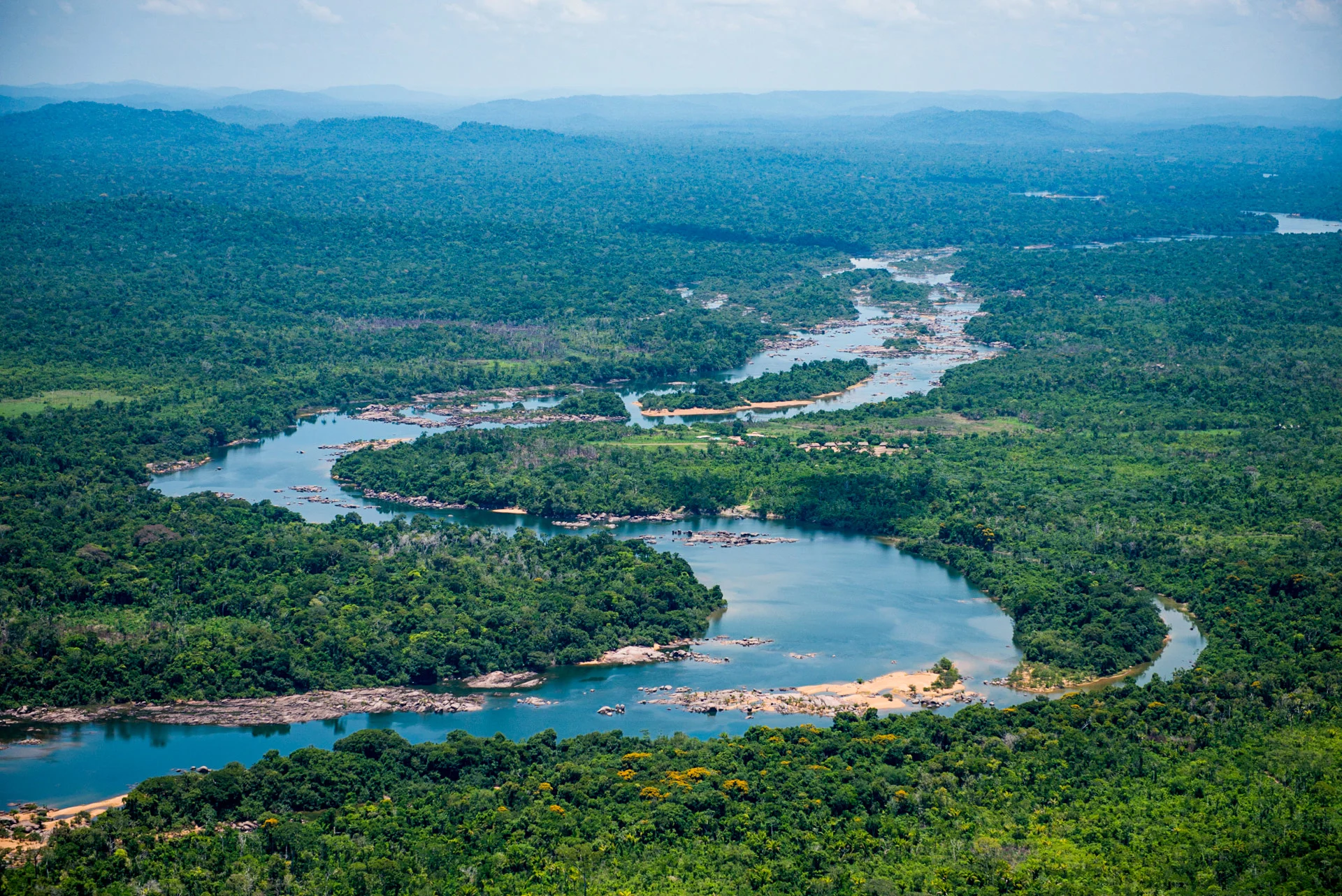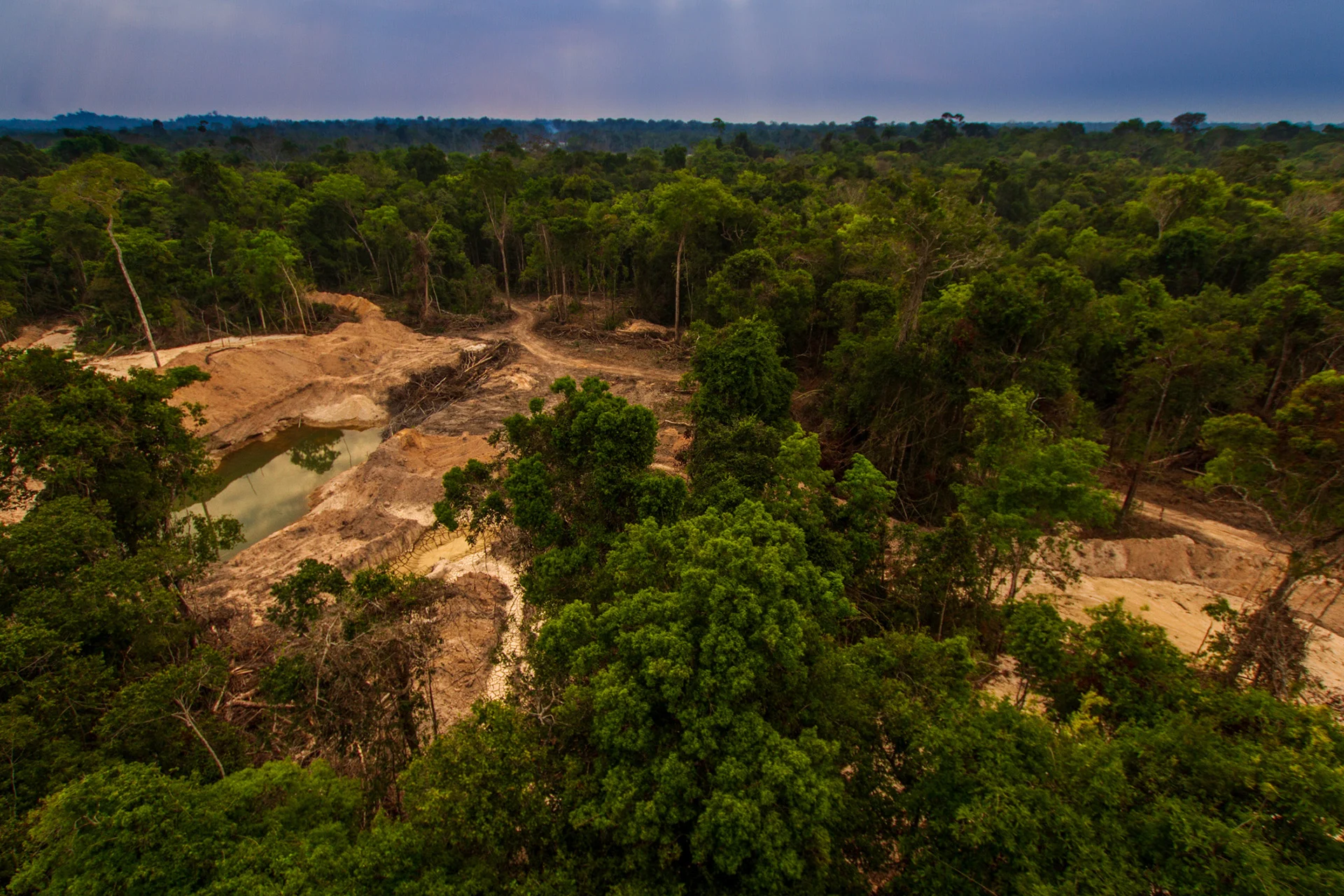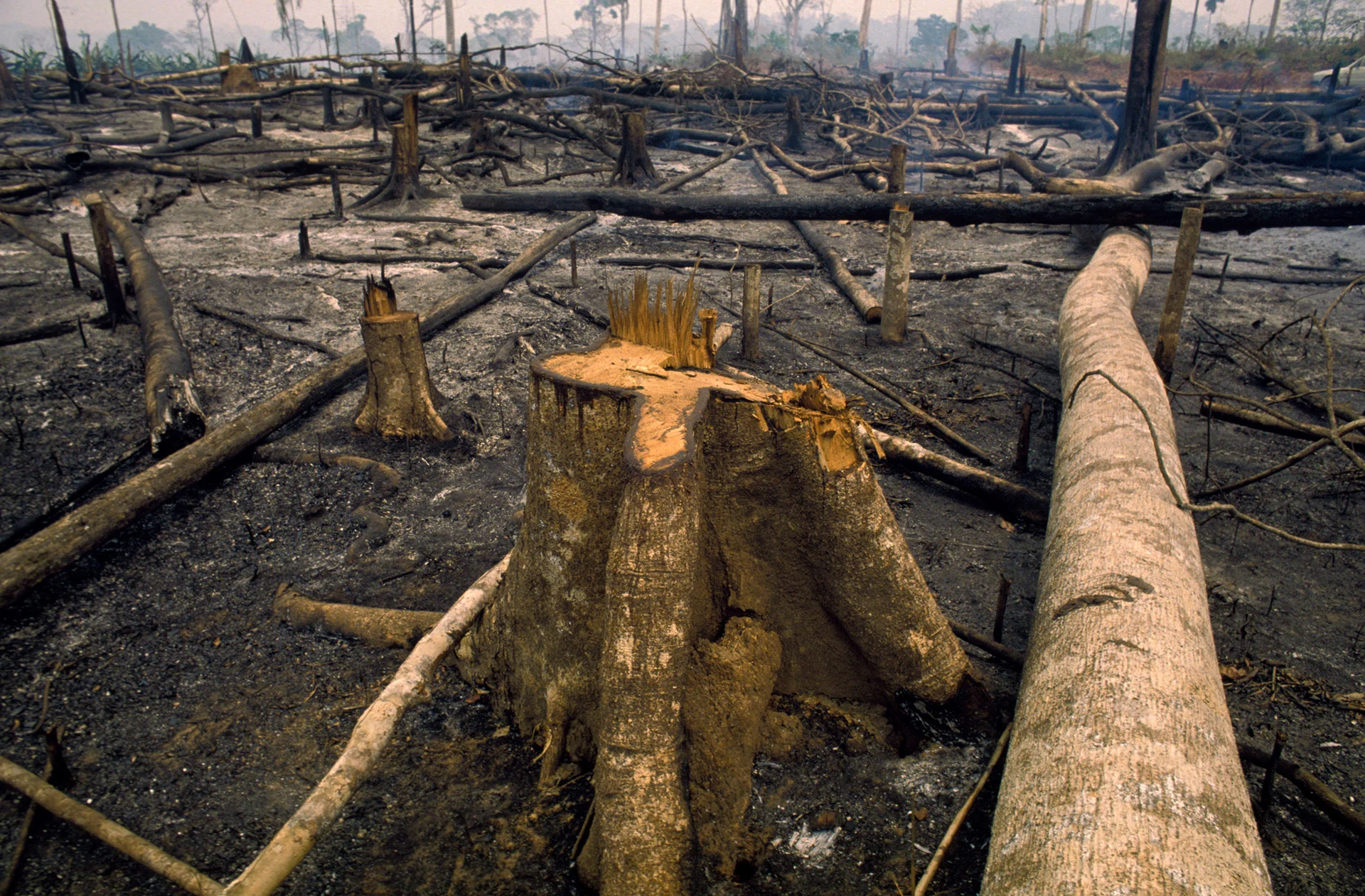
Amazon rainforest could be next source of deadly viruses, scientists warn
The upcoming wildfire season in Brazil's Amazon could be severe based on the abnormally dry rainy season that just passed, but more alarming is the potential spread of new viruses.
Experts are warning that the impending wildfire season in the Amazon rainforest won’t just bring hazards from smoke and burning trees, but the potential release of deadly viruses.
Abnormally warm temperatures in South America and wide scale habitat disturbance could reach unprecedented territory in 2020, and may potentially force nations to simultaneously address environmental destruction and prevent the spread of novel viruses.
HABITAT CHANGES AND NEW VIRUSES
Brazilian ecologist David Lapola says that the next pandemic could come from the Amazon rainforest due to rampant deforestation that leads to disturbed ecosystems and increased interactions between humans and certain insects, plants and animals never before exposed.
"The Amazon is a huge reservoir of viruses," Lapola told AFP during an interview. "We'd better not try our luck."
Documented ecological imbalances have caused viral outbreaks such as HIV, Ebola and dengue fever in the past and Lapola says this known risk should be an incentive for society to adjust the relationship with rainforests.
A study led by researchers at Stanford University found that the chances of zoonotic (animal to human) transmission increases when forests are cut down because wild animals and humans increasingly share the same spaces and compete for overlapping resources.
The Amazon is a huge reservoir of viruses. We'd better not try our luck.
Experts say that human immune systems have not been exposed to the pathogens harboured by wild vertebrates, rodents, bats and primates, which is why increasing the contact humans have with these animals in their habitats heightens the risk for another novel virus to rapidly spread.
More than 300 new diseases have emerged from non-human animals since 1960 and Peter Daszak, president of EcoHealth Alliance, says that roughly one in three outbreaks of new and emerging illnesses are linked to changes in land use, such as deforestation.

Deforestation in the Amazon rainforest. Photo Credit: Getty Images
WILDFIRES AND EMERGING DISEASES
Data that climate scientists monitor to predict the severity of the upcoming wildfire season confirm the worst: conditions will be optimal for the rapid spread of fires and will likely cause staggering losses to rainforests and biodiversity levels.
Brazil’s National Institute for Space Research, a government agency that tracks deforestation with satellite images, found a 55 per cent increase in deforestation from January to April 2020 when an estimated 1,200 square kilometres were cut down. This summer has already seen records broken, with the number of fires in Brazil's Amazon rainforest seeing a 20 per cent increase in June to a 13-year-high for the month, according to government data.
The dry season in Brazil runs from July to October and is typically when wildfire activity peaks. In addition to the abnormally low levels of soil moisture that was recorded from January to March this year, NOAA noted that temperatures in the Amazon rainforest were far above the expected average for the season.
An article that was published in Travel Medicine and Infectious Disease in 2019 by a group of international zoonotic disease experts state that several species in the Amazon region of Brazil are reservoirs for disease carriers.
Wildfires can change the behaviours of these species and force them to adapt to suburban and urban landscapes, which increases the risk of new diseases emerging in human populations. The article states that viral outbreaks of arenaviruses, hantaviruses, and the sizeable yellow fever epidemic that began in Brazil in 2016, have been linked to land use changes and altered ecosystems.

Burned Amazon rainforest. Photo Credit: Getty Images
LESSONS FROM COVID-19
While researchers have long known the risk of infectious disease and land use change, society is paying more attention to the potential of future outbreaks and what scientists predict, says Péter K. Molnár, Assistant Professor in the Department of Biological Science at the University of Toronto.
COVID-19 is teaching us many lessons about our collective ability to respond as well as what might be in store for us if carbon emissions are not curbed. Molnár says that the impacts of climate change and other activities that destroy our habitats could release pathogens that were previously trapped in the environment.
To effectively manage our risk and protect public health, Molnár says that we will need to determine which species could cause widespread viral outbreaks, and in the worst-case scenario, another pandemic like COVID-19. Once it is determined that a specific pathogen has the potential for such severe impacts, it will be important to model how they will react to environmental factors.
Top Photo Credit: Neil Ever Osborne












